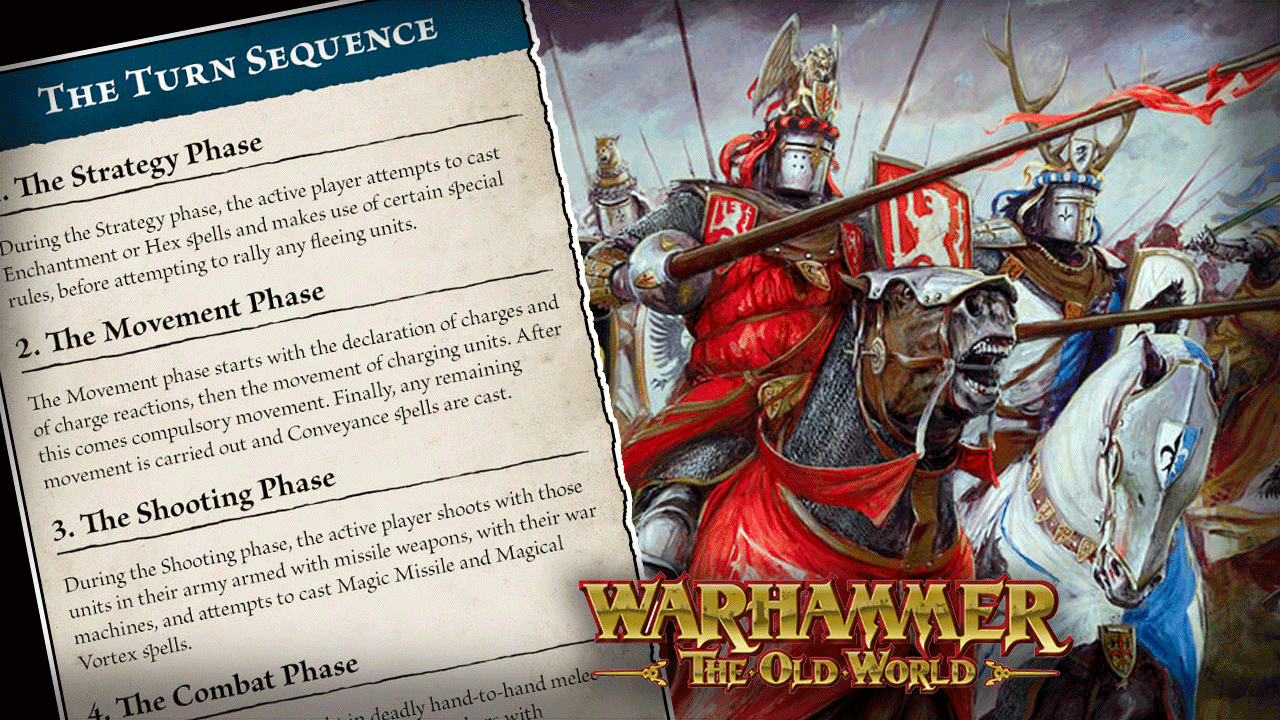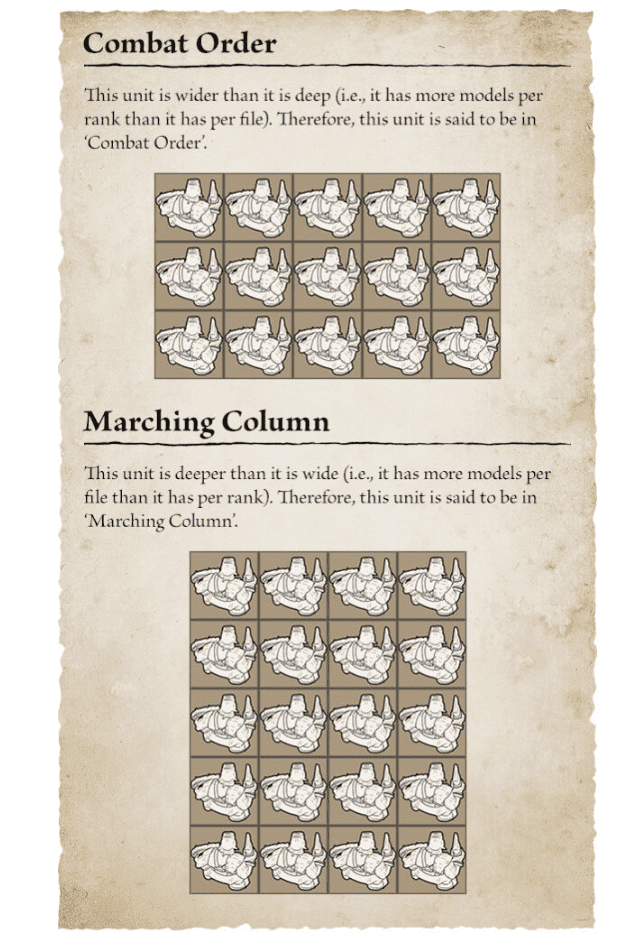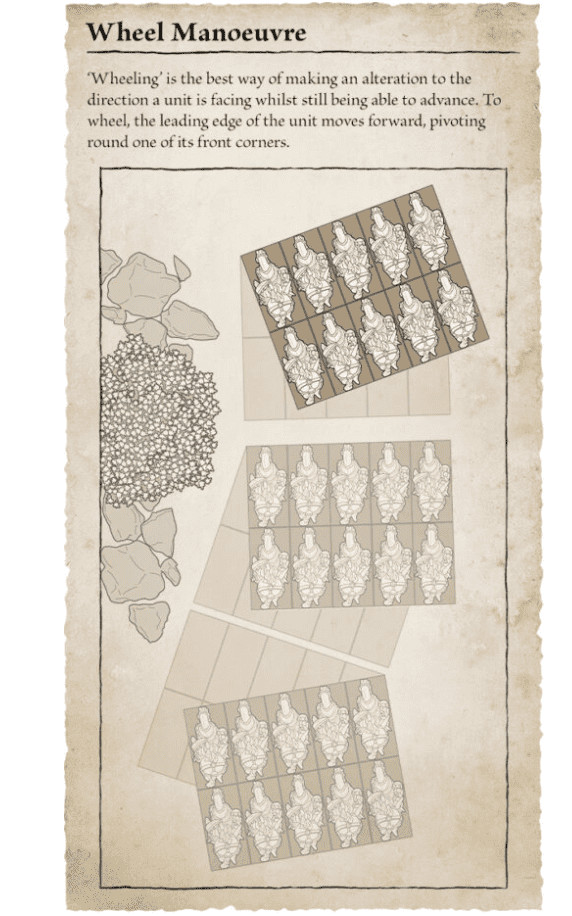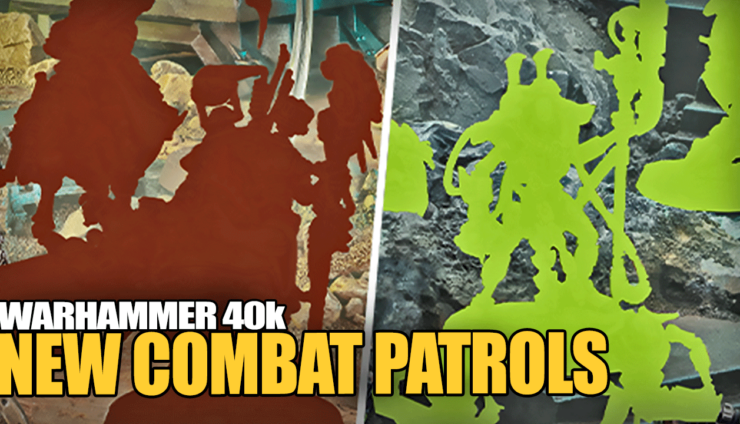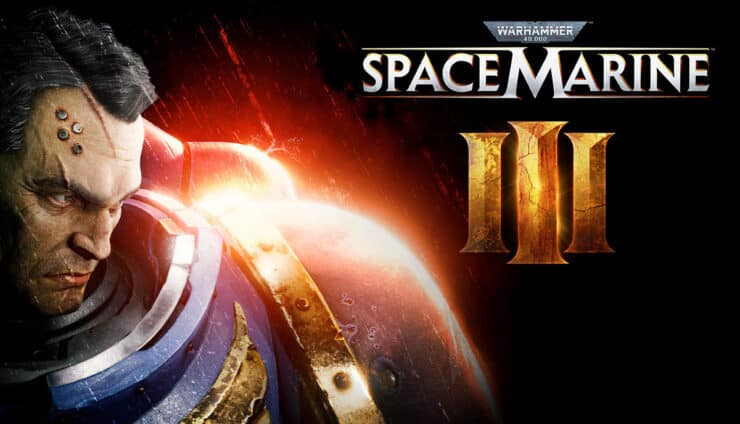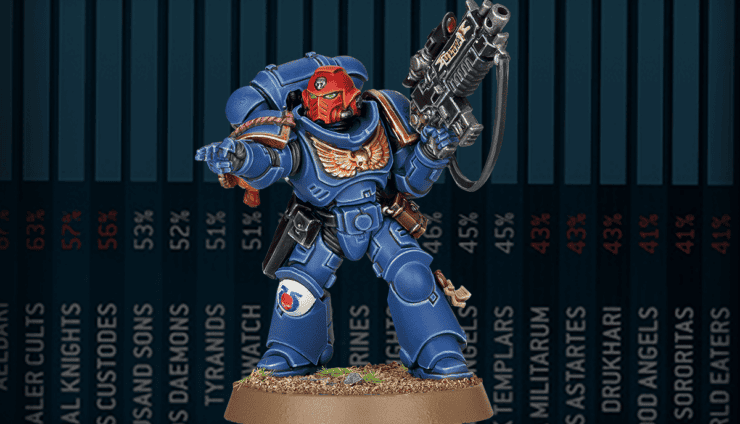Don’t miss the latest on how the movement phase in Warhammer Old World works and the entirely new rules mechanic that has been revealed!
They mentioned the release date will be Early 2024. However, as they said before, not everything will be new (or even in plastic). If you want to see more on the Warhammer The Old World launch line-up, you can check that out here.
This is the second real look at the rules we’ve gotten, so it’s nice to have an idea of how the game will play! For now, though, it’s time to start pouring over the rules and see if they are shaping up the way you dreamed of!
Plus, in Warhammer the Old World, ALL 8th Edition Fantasy armies would be playable! So now we will truly see plastic, resin, and metal minis on the same tabletop when the game finally releases!

- GW Announces Warhammer Fantasy Returning (sort of)
- Warhammer Old World Release Date Details & Starter Set
- Fantasy Bears! More Kislev Previews For Warhammer Old World
- Bretonnians, Tomb Kings, Orcs & More Confirmed in Warhammer Old World!
- Warhammer The Old World: Everything We Know So Far
- First Look At New Warhammer The Old World Rules
How the Movement Phase Works In Warhammer Old World!
The latest news for how the movement phase and rules work in Warhammer the Old World comes from Warhammer Community.
Formations are one of the biggest changes this time around, so let’s look at that first!
All units in the game must adopt a formation, which will dictate how they act in battle, including moving and fighting. Most units can only adopt one: Close Order, though some can also choose options such as Skirmish or Open Order, and for Bretonnian Knights, the mighty Lance formation.
Close Order units are arrayed in base-to-base contact, facing the same direction in order to fight in ranks. Where possible, there must be the same number of models in each rank, with more models in the rank than the file,* which sometimes means leaving spaces in the back rank if necessary. They move and fight as a single entity – walking, wheeling, charging, and exposing their flanks and rears. The more full ranks you have, the greater your advantage in combat.
If you played the game before, this is nothing really new, as you got bonuses for having bigger ranks, but skirmishing makes moving around the table easier.
When they need to move rapidly, your units can adopt a Marching Column, reforming into a shape that’s deeper than it is wide. A unit formed in this way may not charge and earns no rank bonus in combat, but it can move at triple speed.
Units with the Skirmisher special rule do not need to rank up at all. So long as each model is within an inch of at least one of its comrades, they can fan out. They tend to be highly manoeuvrable, harrying enemy units with missile fire and hit-and-fade flank charges. Open Order units still fight in ranks, meanwhile, but they’re faster, more agile, and handle tough terrain better.
This is a new mechanic for moving, and if you need to make good time across the board, reform into a Marching Column!
The Movement Phase
The first of these is Declare Charges, in which the active player nominates each unit that they want to charge and their targets. Charging is the only way to enter combat, and there are a couple of caveats: the target must be visible to your unit and at least partially in its front arc, and your unit cannot be fleeing, rallied this turn, or already engaged in combat. You may, however, pre-measure the distance to your targets.
After all this, the inactive player declares Charge Reactions. Most units may Hold to receive the charge, Stand and Shoot if they have missile weapons and are further away than the charging unit’s Movement characteristic, or Flee by pivoting around 180 degrees and trying to escape. If you’re caught, however, you’ll be run down and destroyed! Beyond that, some especially alert units may Counter Charge…
The second step is to actually make your Charge Moves. To establish the range of their charge, units roll two dice, pick the highest score from the two and add it to their Movement characteristic. This means a unit of Skeleton Warriors has a charge range of between 5” and 10”, but Bretonnian Knights are rather more dangerous – their Swiftstride special rule adds an extra d6” to every charge they make.
It’s great to hear you can still react to charges! That’s such a big part of Fantasy, and it’s nice to see it stick around. Then, you get an extra D6 to your charge move, but if you are swift, you get an extra d6!
If you’re in range – accounting for wheeling – move the charging unit into base contact with its target, bringing the maximum number of models from both sides into combat. If you whiff the roll, however, the charge has failed. The unit must move the full distance rolled towards its target, but your warriors haven’t got the impetus to complete the charge and they’re now ripe to be hit back next turn!
However, be sure you can get the charge off, or you’ll just move forward and not hit anything!
Compulsory Moves
The third step accounts for Compulsory Moves. This is mostly to accommodate fleeing units that failed to rally during the last Strategy Phase, but it includes other rarer moves such as the Random Movement of Night Goblin Fanatics, or Stone Trolls who have failed their Stupidity test.
The fourth step covers the Remaining Moves – regular manoeuvres that don’t result in combat.
In Fantasy, if you’re fleeing, you don’t just stop! You keep running unless you can rally, and or some it makes the game more fun.
The Mechanics of Movement
As you’d expect from a game of multi-model units acting in concert, movement in Warhammer: The Old World is fairly involved. In general, units may Move or March, performing Manoeuvres on the way. In the first case, they move up to their Movement characteristic, and may then shoot later in the turn. In the latter case, they may double their pace but they sacrifice the ability to perform any manoeuvre more complex than a wheel, and their ability to shoot this turn, for speed.
While moving, a unit may Wheel, in which the unit pivots from one of the front corners of its leading edge, measuring distance from the outside model. You may also Turn all a unit’s models through 90 or 180 degrees, spending a quarter of your Movement for each 90 degrees, Move Backwards or Sideways at half pace, and Redress the Ranks or Reform.
Considering you’re fighting in big formation, you can’t just move all willy-nilly! You have to wheel around terrain and use up those precious inches to make it where you need to go. It looks like things will be pretty similar to the old system, which is great for people who played the old game and should really be fun for new players as well.
All the Latest Warhammer Rules & Model Rumors
What do you think about all the new Warhammer The Old rules so far?
Let us know in the comments of our Facebook Hobby Group, or our new Discord server, and make sure you enter the latest monthly giveaway for FREE today!
Click Here To Follow Us On Google News
Get ad-free access to our hobby videos, a monthly drop of miniatures, and support some of the best creators out there for as little as $6 a month on Patreon!
